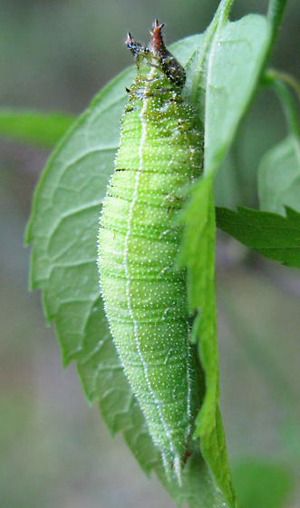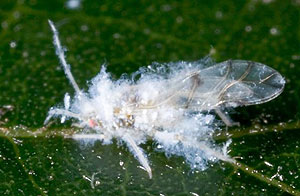Leaf Feeders
Sap Feeders
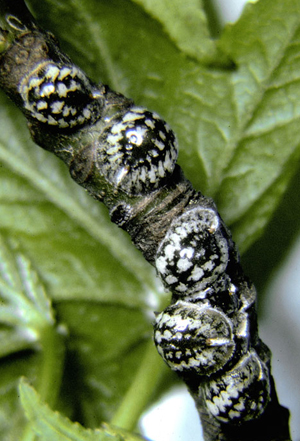
Raymond Gill, California Department of Food and Agriculture, Bugwood.org
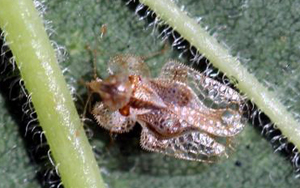
Whitney Cranshaw, Colorado State University, Bugwood.org
These lace bugs spend the winter as eggs under bark or in leaf litter. The eggs hatch in early spring and the nymphs begin to feed on plant sap. There are several generations each season. Initially, numbers are so small that feeding symptoms are not noticed until the population peaks in late summer. When abundant, feeding can make plants unsightly and may cause premature leaf drop.
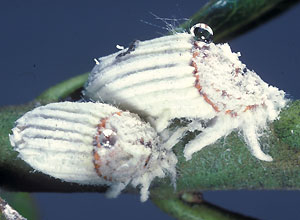
Sturgis McKeever, Georgia Southern University, Bugwood.org
Borers
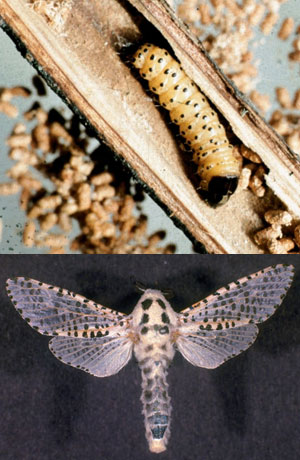
Petr Kapitola, Central Institute for Supervising and Testing in Agriculture,
Bugwood.org (larva);James Solomon, USDA Forest Service, Bugwood.org (adult)
Galls
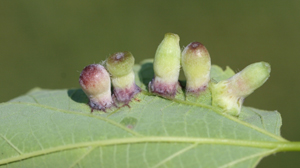
Steven Katovich, USDA Forest Service, Bugwood.org
